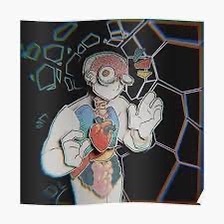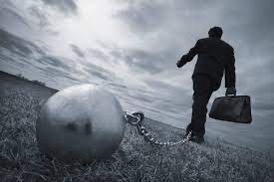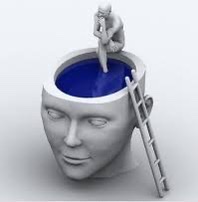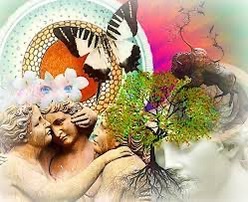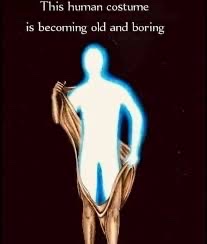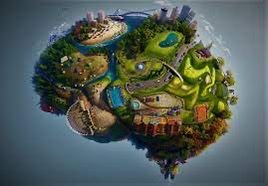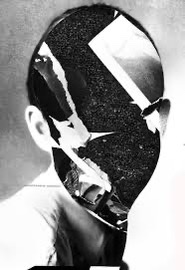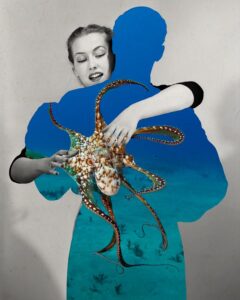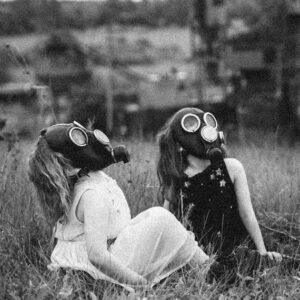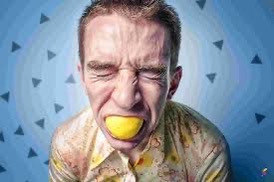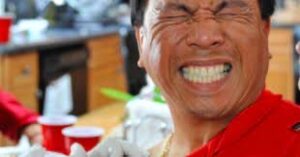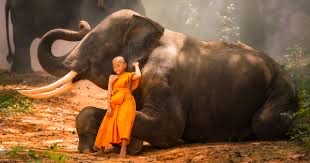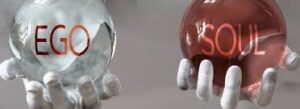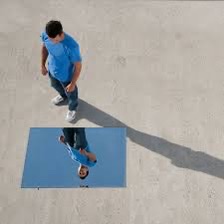Now this “quickening” is indeed upon us in Third-Dimensional Reality. Those of us engaged in negative ruminations, and their attendant manifestation into negative Reality Constructs, will find that we are confronted, in an almost simultaneous fashion, with the products of our mental digressions. Just as the practitioners of Loving Understanding and Courage will find their positive manifestations strengthening, so too will the practitioners of doubt, anger, hatred and such, find themselves consumed with the energies released during these errant creative activities.

Is there any wonder why such an intensification of this creative process produces the appropriate results? We create our own reality according to our beliefs. If we are focusing on the fear and cynical distrust of our neighbors, for example, is it any wonder that our neighbors continue to cause us discomfort? And is it any wonder that as we awaken as a species this discomfort grows? Indeed.
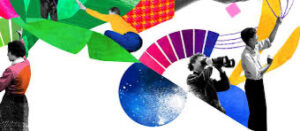
I suggest the discomfort may grow until it becomes UNBEARABLE. Then we will of necessity be faced with a choice in our reincarnational dramas. Will we learn our Lesson or will we not? Will we continue to hold-on to the anger, fear and cynicism, or will we let-go and feel the ecstasy just below the surface of our human consciousness? This ecstasy is the creative Loving energy of All That Is.
